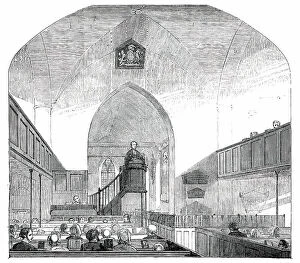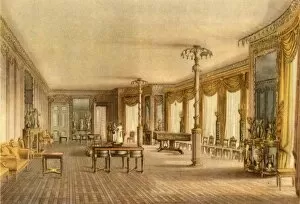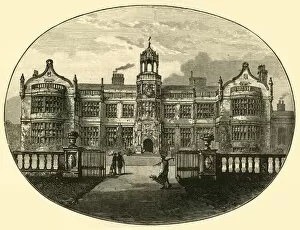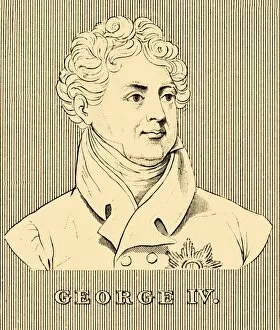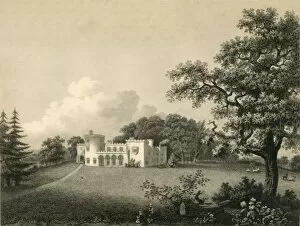Sir John Nash Collection
Sir John Nash was a renowned British architect who left an indelible mark on the city of London with his iconic designs
For sale as Licensed Images
Choose your image, Select your licence and Download the media
Sir John Nash was a renowned British architect who left an indelible mark on the city of London with his iconic designs. Known for his neoclassical style and grandeur, Nash's work can be seen in landmarks such as Buckingham Palace, Regent Street, and Trafalgar Square. His vision transformed the cityscape into a harmonious blend of elegance and functionality, earning him a reputation as one of the most influential architects of his time. Despite facing criticism for some of his more extravagant projects, Nash's legacy continues to inspire generations of architects and urban planners around the world. Today, Sir John Nash remains a symbol of creativity and innovation in the field of architecture, leaving behind a lasting impact that will be admired for years to come.

